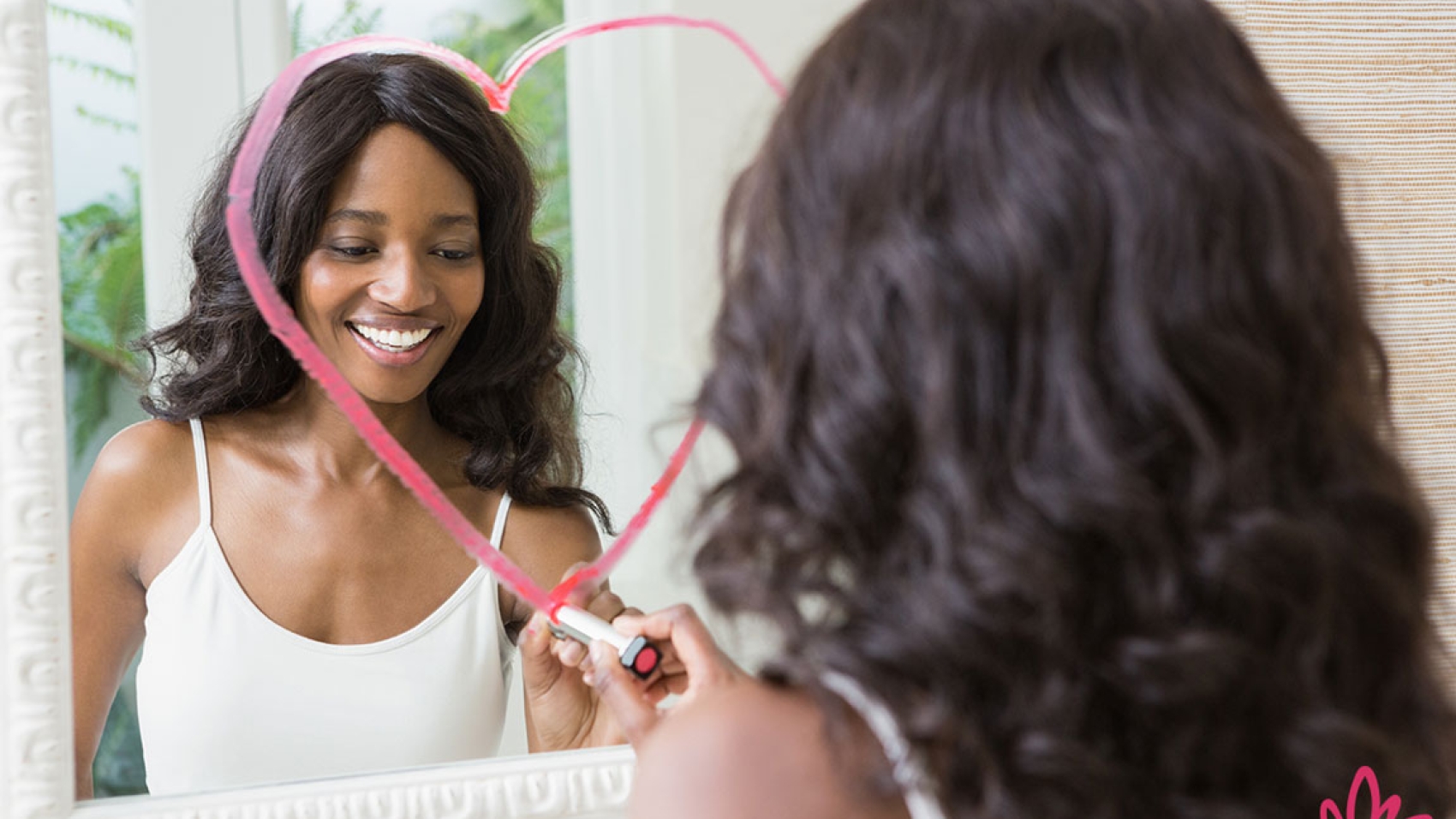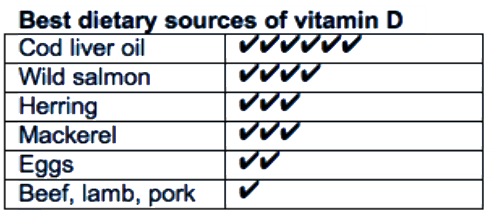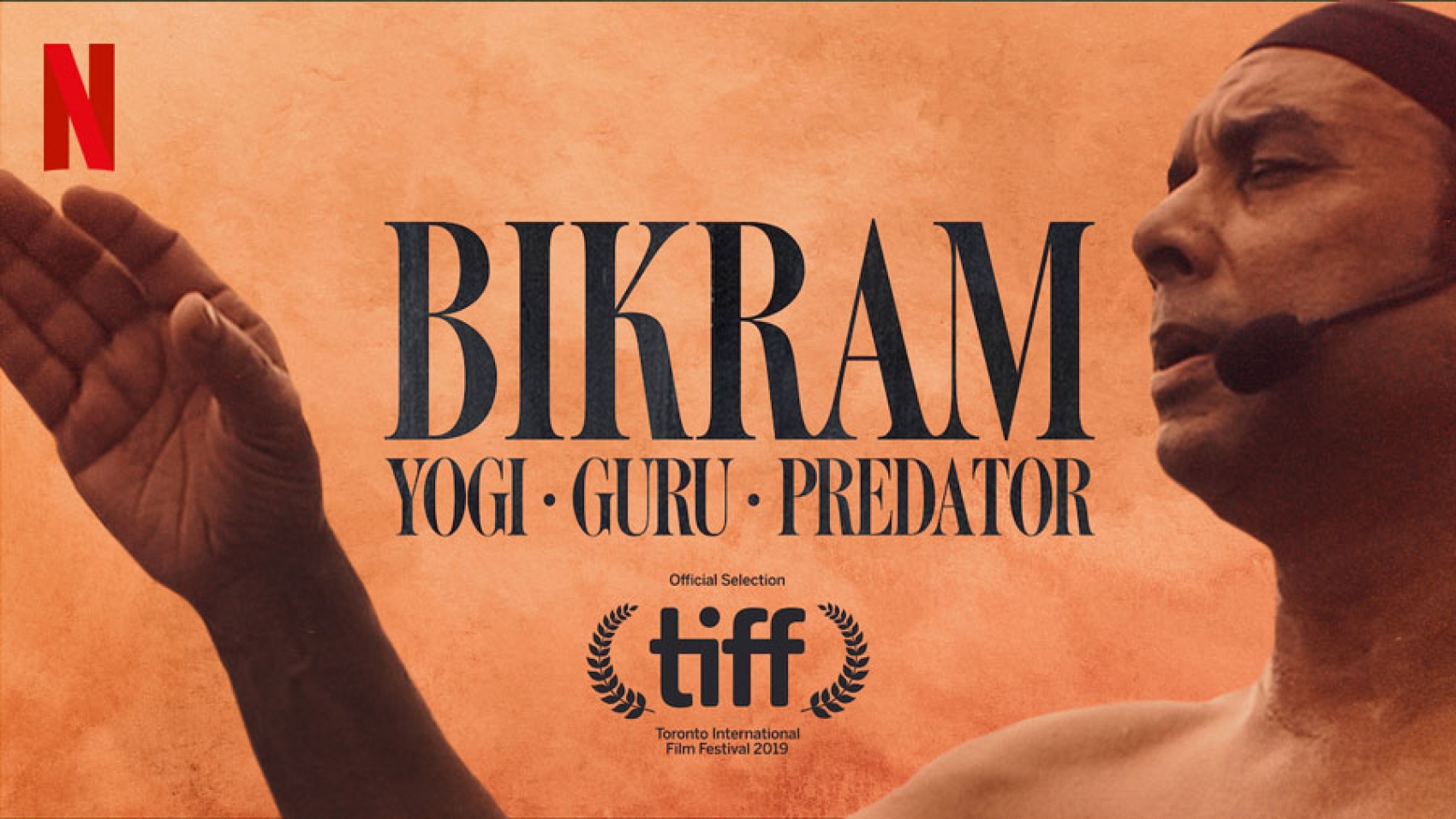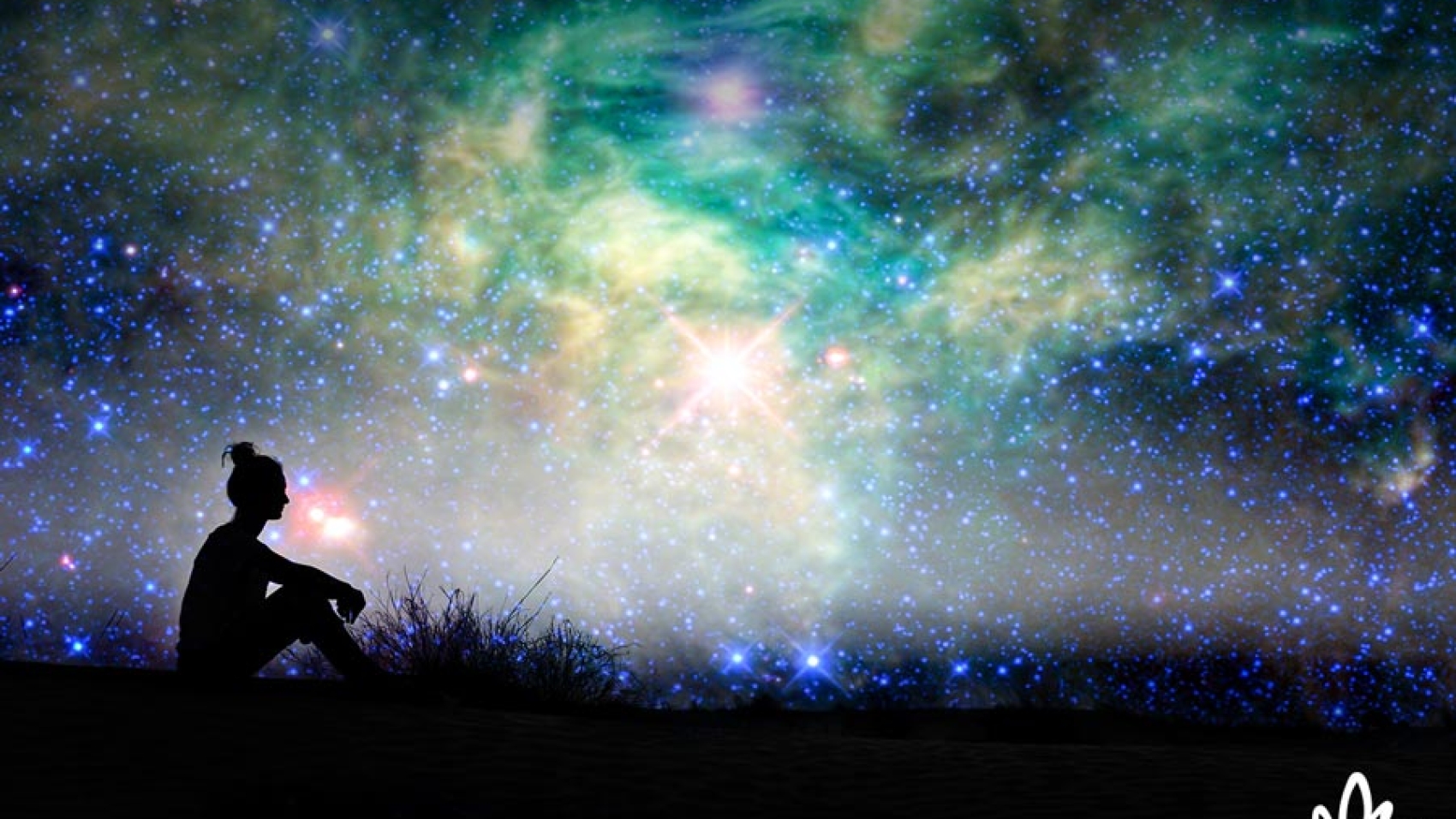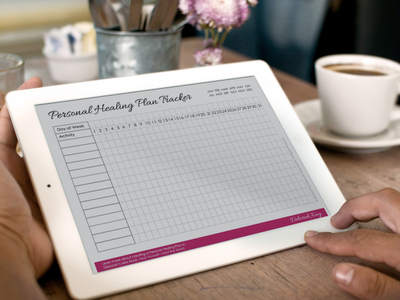Heartbreak is universal. There is not a person on this planet who has not experienced loss in some way. Be it through rejection, betrayal, abandonment, or death, the pain of losing love, or never having love in the first place, can literally break your heart.
A broken heart has deeper effects than overwhelming sadness. Emotionally, your heart shuts down and blocks your ability to give or receive love, which affects your ability to love yourself and all your relationships. Energetically, your heart chakra closes and blocks the flow of nourishing energy from the unified field. If the energetic blocks aren’t cleared, you can develop physical problems like lung cancer or even heart attack.
Mending the Cracks
Heartbreak is very real, but it doesn’t have to be forever. Believe me, I know. When I was very young I sensed that my mother didn’t love me. I tried not to believe it—what mother doesn’t love her own child?—and after years of her icy glares of resentment and cold-hearted lack of affection, I built a wall around my heart and vowed never to let that pain inside. Perhaps you made a similar vow at some point in your life, and now it’s become the way you live. It may seem safer, but I know how lonely it can be.
By the time I was an adult, my heart chakra had been closed off for so many years, it wasn’t just broken, it was shattered. I didn’t trust in love, and didn’t know how to love myself since I’d never been properly loved by anyone else. With energy healing, I was able to mend the cracks and fissures in my heart, heal my heart chakra, and learn to love in a healthy way. I’ve seen energy medicine heal the hearts of thousands of students, too, and I know it can do the same for you if you let it.
The Key to Healing
In energy healing, chakras are the key to your emotional, spiritual, mental, and physical health. Basically, chakras open you to all the wisdom you need to live a healthy, happy, fulfilling life, but they can become dysfunctional by unprocessed trauma or repressed emotion. If a chakra becomes distorted or imbalanced, the areas of your live governed by that chakra become distorted or imbalanced, wreaking havoc in your life.
Dysfunction in your heart chakra, which corresponds to your thymus, ribs, back, lungs, and of course, your heart, can lead to circulatory problems, lung disorders, breast cancer and heart attack. Heart chakra imbalance can also cause depression, a lack of empathy, and an inability to give and receive love. One of the most essential questions to ask yourself when determining the health of your heart chakra is, “Do I give and receive love easily and without fear?” If the answer isn’t yes, chances are that your heart hasn’t fully healed from a break somewhere in your past.
The Common Response to Heartbreak
Take a minute to think about what loss or lack of love you may have experienced. So many of my students come to my healing courses and workshops with heart chakra blockages that were initially formed as defense mechanisms against a pain that seemed unbearable. The death of a loved one or the death of a relationship, a hateful rather than loving parent, the rejection of a first love, an unfaithful partner, and many more situations where love is revoked or betrayed all cause heartbreak, and the common response to the crushing ache of heartbreak is to shut down the heart’s ability to feel.
The problem is that when you close your heart from the bad feelings, you also shut out the good feelings. But there is always hope! With energy medicine, there is no statute of limitations on releasing pent up emotions from any form of trauma, and it is never too late to begin working with a spiritual teacher or energy healer to get your heart chakra cleared and functioning properly. With a charged and balanced heart chakra, you can enjoy love in your life and create healthy relationships.
Unhurt, Unstruck, Unbeaten
In Sanskrit, the heart chakra is called anahata, which means “unhurt, unstruck, or unbeaten.” No matter what happened to break your heart, it can be healed and “unhurt.”
Here are a few ways to begin the process:
1. Grieve and then let go.
Grief is a heavy burden to carry, and it sits on your heart, weighing you down and keeping your heart chakra closed. You have to open your heart chakra and feel the pain of your grief, even though it hurts, in order to move past it and feel the love that’s waiting for you beyond the grief. Cry, journal, talk to someone you trust, scream if you have to, but let that grief out and let it go.
2. Love a pet.
Basking in the unconditional love of a pet is one of the best ways to begin opening a closed heart chakra. Dogs, cats, horses, even birds have fully expanded hearts that just want to love and be loved in return, and they are not shy about asking for attention and love when they want it. Pets show you what happiness can be found in simple, small gestures of love like a pat on the back or a snuggle. Spending time with these furry beacons of love can help you begin to trust love again.
3. Be nicer to yourself.
Heartbreak can steal your self-esteem, stripping you of the ability to see how lovable and deserving of love you really are. Part of the process of healing your heart is to learn how to love yourself, which not only makes you internally happier, but will improve your relationships with others as well. Try making a list of the qualities you love about yourself. What are you proud of? How are you unique? Do something nice for yourself every day until you really believe you are worthy of that self-love, because you are.
If you would like to learn more about how to clear, balance, and charge your heart chakra, come check out my chakra wisdom online video course where I go deeply into all the chakras.



